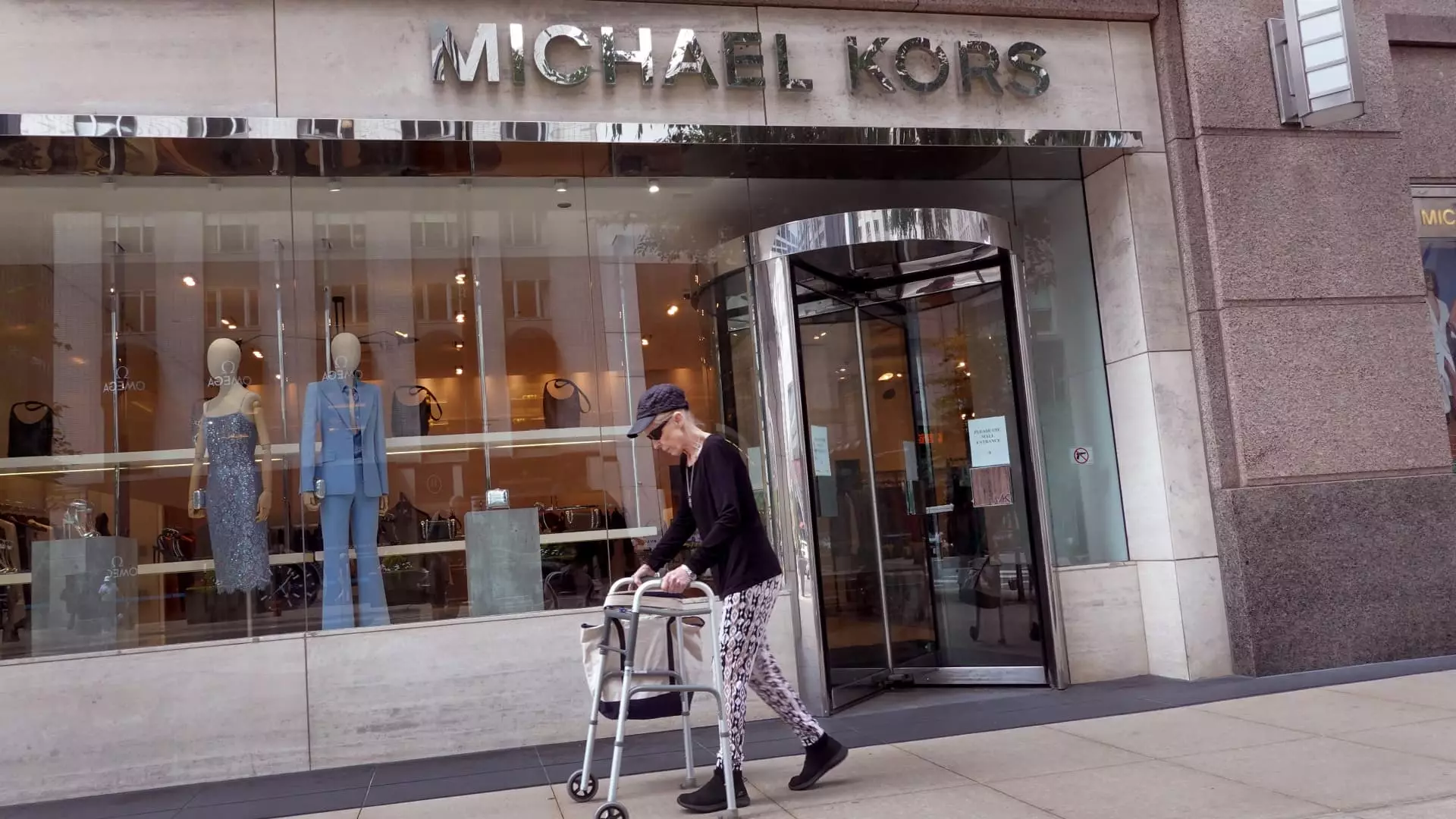The world of luxury fashion witnessed a significant disruption last week when Capri Holdings, the parent company of iconic brands like Versace and Michael Kors, and Tapestry Inc., known for its Coach and Kate Spade lines, announced the termination of their $8.5 billion merger. This decision, influenced largely by regulatory scrutiny from the Federal Trade Commission (FTC), marks a turning point in how luxury brands strategize their growth trajectories in a highly competitive marketplace.
The FTC’s decision to sue and subsequently grant a preliminary injunction timely resonates with the growing concerns over large consolidations in industries beyond just fashion. Regulatory bodies are increasingly exercising their authority to ensure that mergers do not negatively impact consumer choice or employee benefits. In this case, the FTC argued that the merger would not only endanger competitive pricing but could also lead to layoffs or reduced benefits for the employees of both companies. The agency’s vigorous efforts to block the deal propelled the two luxury houses to reevaluate their future plans.
The ruling from the federal judge reinforced the FTC’s stance against the merger, leading to Tapestry’s intention to appeal, which speaks volumes about the complicated nature of corporate strategies in the luxury sector. However, the deteriorating chances of gaining regulatory approval forced both companies to engage in a “mutual agreement” to terminate the deal before it lapsed in February of the following year. For many analysts, this abrupt end symbolizes a fundamental shift, emphasizing not only legal barriers but also a reevaluation of market dynamics.
In his statement following the cancellation, Capri CEO John Idol expressed optimism for the brand’s future despite the failed merger. His unwavering confidence can be contextualized within a larger framework: he acknowledges the strong potential for growth inherent in Capri’s existing iconic brands. However, the narrative of growth and recovery won’t be straightforward. The emphasis on restoring brand desirability through innovative marketing and product strategies is crucial for brands like Michael Kors, which has been notoriously declining in sales over recent years.
On the other hand, Tapestry’s response to the termination was marked by a proactive stance. The company indicated that it would channel the resources previously allocated for the merger into a $2 billion share repurchase program. This reflects a strategic pivot towards maximizing shareholder value through organic growth initiatives. Tapestry’s swift adjustment reveals a deeper understanding of the market landscape and highlights the necessity for agile decision-making in the face of unexpected setbacks.
The market’s reaction to the merger’s collapse illustrates significant sentiment shifts. Following the judge’s ruling against the merger, Capri’s stock plummeted by around 50%, while Tapestry experienced a surge, indicating investor confidence in its operational independence. The fact that Tapestry’s shares maintained an upward trend after the termination announcement suggests that Wall Street analysts were beginning to realign their expectations.
Concerns about Tapestry overpaying for Capri—especially given the downward trajectory in Capri’s performance—had been growing among market observers for some time. This scrutiny, coupled with the complexities of an extensive regulatory review, makes it apparent that shareholders were keenly aware of the dynamics at play when assessing the potential benefits versus risks of such binding agreements.
The failed merger of Capri and Tapestry serves as a cautionary tale in the ever-evolving arena of luxury fashion. It underscores the increasing vigilance of regulatory bodies and the need for companies to adapt quickly within a rapidly changing economic climate. As luxury brands continue to navigate challenges of consumer preferences, technological advancements, and market pressures, the decisions they make now will undoubtedly shape their trajectories for years to come.
Ultimately, the significance of the termination extends beyond just financial metrics or stock prices; it symbolizes the ongoing challenge for luxury houses to redefine their identities, build desirability, and remain relevant in an industry characterized by persistent uncertainty. In delivering a clear message about the necessity of strategic agility, the incident encourages luxury brands to reconsider their collaboration approaches moving forward, ensuring that the focus remains steadfastly on consumer engagement and brand vitality.

